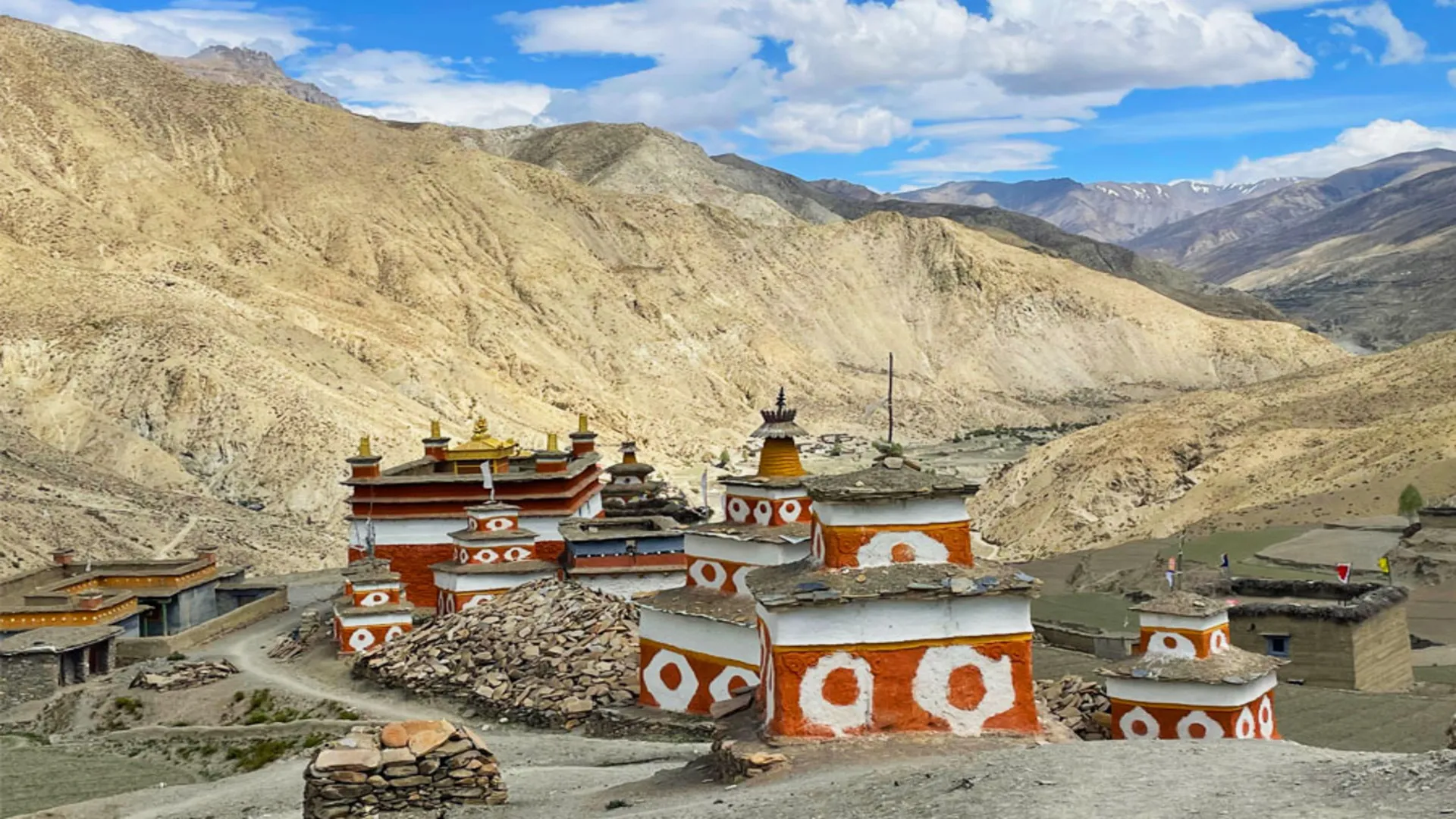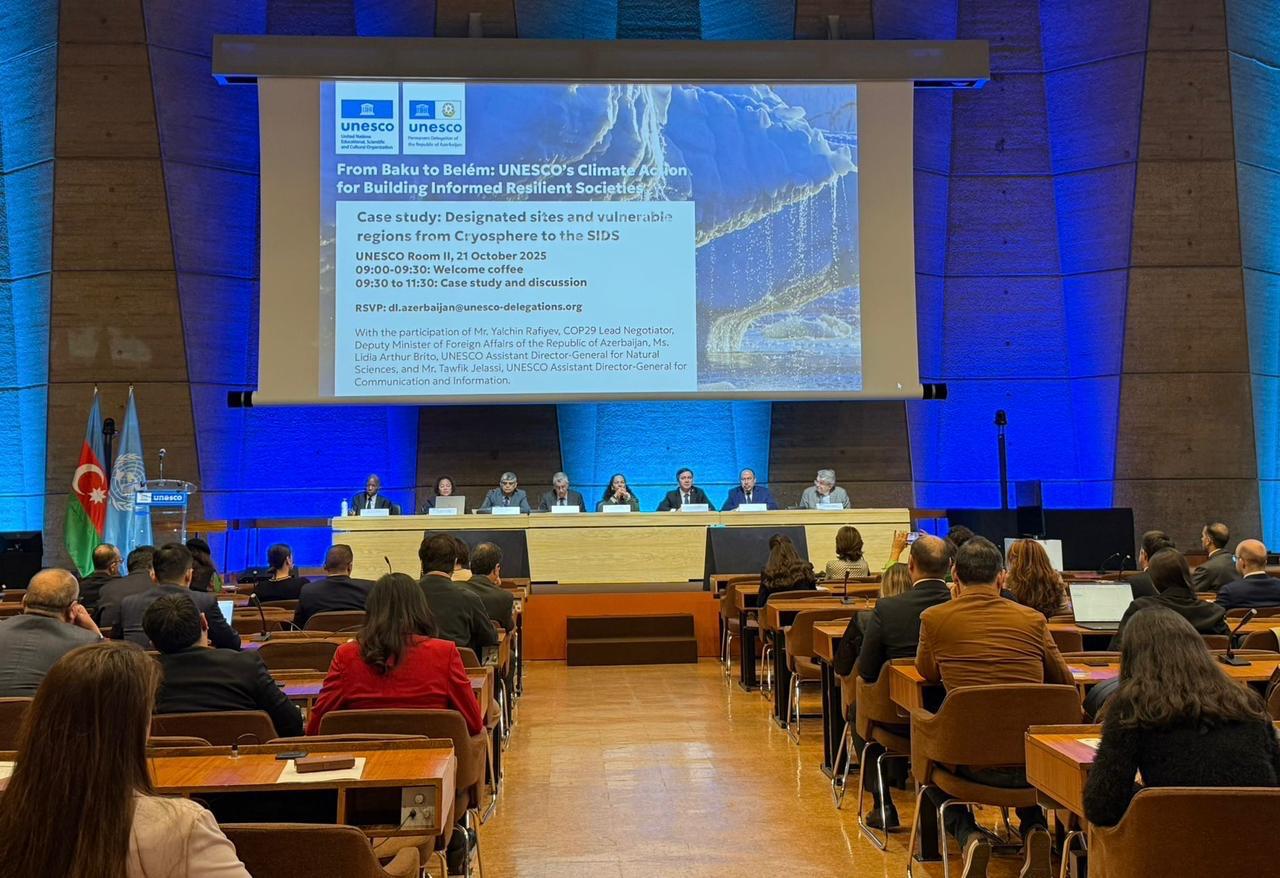Copyright Interesting Engineering

Extremely important Buddhist sites in Nepal are under threat. Researchers have come together to document and analyze these buildings to ensure the legacy endures. Dolpo, as an isolated, high-altitude region in northwest Nepal, preserves a special, traditional Tibetan culture with a direct lineage to the Bon religion, which predates Buddhism and persists in the region to this day. The BBC called the lower Dolpo circuit a 220km trek to the “roof of the world.” “To shed light on the mainly undocumented Buddhist architecture of this region, we launched our first research project in 2018. As a result, the architectural documentation of eighteen Buddhist sites in Dolpo is now available for the first time, based on the on-site assessment and survey during four field missions between 2018 and 2023,” said researchers in the journal the Heritage. The Institute of Architectural Theory, History of Art and Cultural Studies, and the Institute of Engineering Geodesy and Measurement Systems at Graz University of Technology (TU Graz) pioneered the landmark project. Focusing on a small selection of the estimated 50-60 monasteries, with Shey Gompa being the most famous, they conducted the first in-depth investigation of these World Heritage sites. The aim of their comprehensive architectural documentation is to gain new insights into special architectural features to promote the preservation of these buildings in the long term as earthquakes, landslides, and planned infrastructure projects such as the Chinese Belt and Road Initiative have endangered these sacred examples of Buddhism with even older affiliations. A holistic and comparative study, authors continued, would help them answer a myriad of questions as these structures and sites remain largely unresearched, such as: how were the sites for sacred structures even chosen? A seriously important architectural survey During four research visits, which occurred between 2018 and 2023, the TU Graz research team studied 18 Buddhist sites in Nepal, “of which 16 assemblies have already been analyzed and surveyed.” “They are part of a sacred landscape that has developed over centuries,” says lead researcher Carmen Auer. “The choice of location, the type of building, and the orientation of the buildings are shaped by traditional narratives, geographical conditions, and symbolic representations.” Collaborating with local populations and referring to prior documentation, researchers understood that “the choice of a site for a temple or monastery is always linked to a certain narrative, a founding story, a directive from the gods or from the souls of nature, who make their will clear through certain signs.” They also pointed out that by aligning the temple or sanctuary with the direction of the solar orbit, the believer achieves a close personal relationship with the cosmos. Most building sites in Dolpo are notably located on ascending mountain slopes. Ensuring the preservation of architectural legacy Throughout their groundbreaking study, TU Graz researchers continued to analyze the materials used, the names attributed to these sites, as well as their architecture, to derive the purpose behind the choices made. Some of these sites include more than one building with notable interior detailing or decorations. Others possessed different functions, one of which was serving as a refuge for monks to retreat and train. Overall, researchers discovered a rich world in one of the most remote regions in the world — one that brims with artistic and architectural integrity. To conclude,“ the preservation of cultural heritage is essential for the region, both for the identity of its own culture and tourism. There is little support from the government for all the challenges it faces, such as social changes, the lack of financial resources, inappropriate restorations, natural disasters, and climate change.” Researchers hope that their initiative will assist in ensuring that these unique sacred sites in Nepal will survive the turbulent times they continue to endure.



